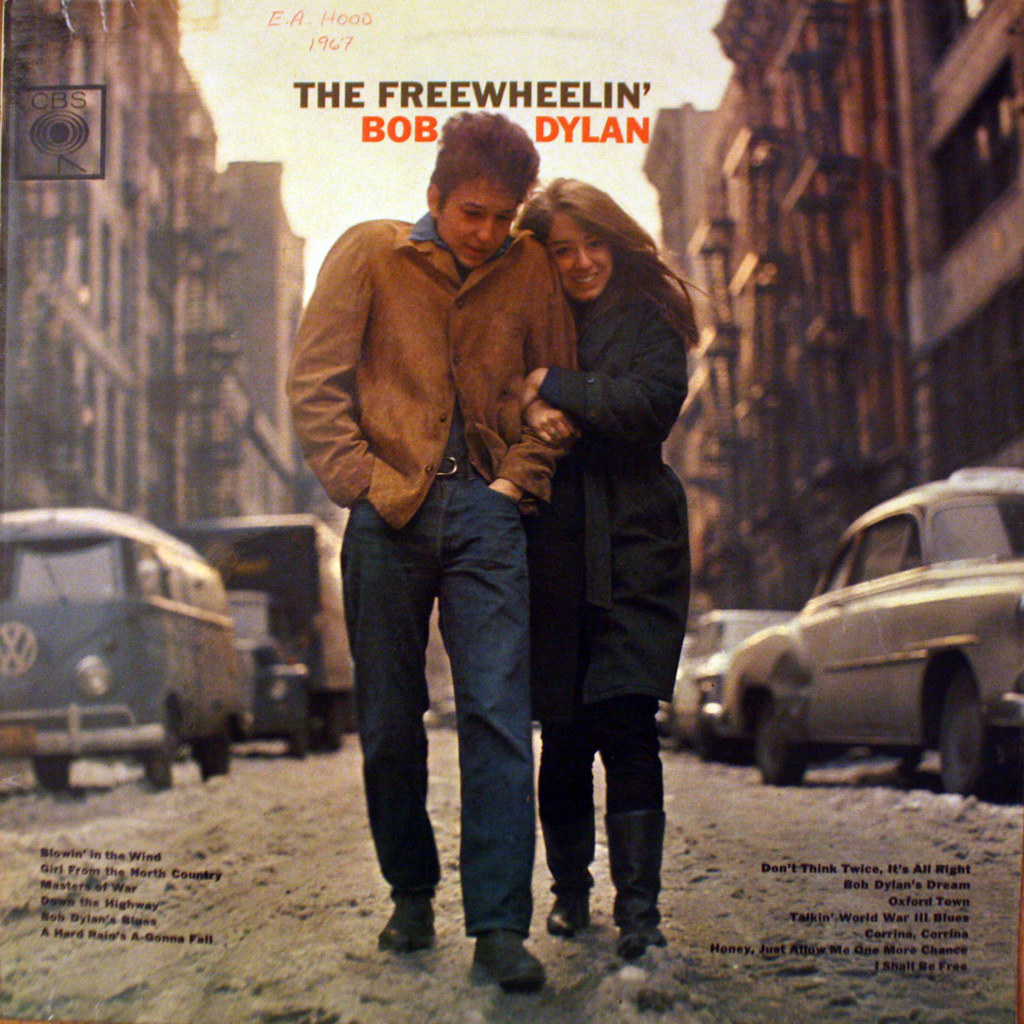
Blowin’ in the Wind: Bob Dylan’s Timeless Anthem of Inquiry
In the tapestry of music history, few songs resonate as deeply and enduringly as Bob Dylan’s “Blowin’ in the Wind.” Released in 1963, amidst a turbulent era marked by social unrest and the escalating Vietnam War, this folk ballad transcended its protest song origins to become a universal anthem of questioning and introspection.
Dylan’s lyrics, deceptively simple yet profoundly evocative, pose a series of rhetorical questions that cut to the heart of humanity’s struggles and contradictions. “How many roads must a man walk down before you call him a man?” he asks, challenging societal norms and the very definition of personal identity. “How many seas must a white dove sail before she sleeps in the sand?” he continues, painting a poignant image of peace’s elusive pursuit. “How many times must the cannonballs fly before they’re forever banned?” Dylan laments, highlighting the absurdity and futility of war.
The song’s refrain, “The answer, my friend, is blowin’ in the wind,” suggests that the solutions to these complex dilemmas lie not in dogma or easy answers, but in the ever-shifting currents of human experience and collective consciousness. It’s a call to remain open, curious, and engaged, to embrace the uncertainty of existence and seek truth wherever it may be found.
“Blowin’ in the Wind” struck a chord with listeners across generations and cultures, its message resonating with those yearning for change and a more just world. It became an anthem of the Civil Rights Movement, its lyrics sung by activists and protesters demanding equality and an end to racial segregation. The song’s influence extended beyond the political sphere, inspiring artists, writers, and thinkers to grapple with the big questions of life and society.
Dylan’s haunting melody and spare instrumentation, anchored by his distinctive harmonica playing, create a sense of intimacy and vulnerability that draws the listener in. His voice, at times raspy and world-weary, conveys both the weight of the questions he poses and the unwavering hope that answers can be found.
Over the years, “Blowin’ in the Wind” has been covered by countless artists, from Peter, Paul and Mary’s iconic rendition to tributes by everyone from Stevie Wonder to The Dixie Chicks. Its enduring popularity speaks to the timelessness of its message and its ability to connect with people on a profound level.
More than just a protest song or a folk ballad, “Blowin’ in the Wind” is a testament to the power of music to inspire, challenge, and transform. It invites us to question the status quo, to seek answers within ourselves and the world around us, and to embrace the winds of change that carry the promise of a better future.